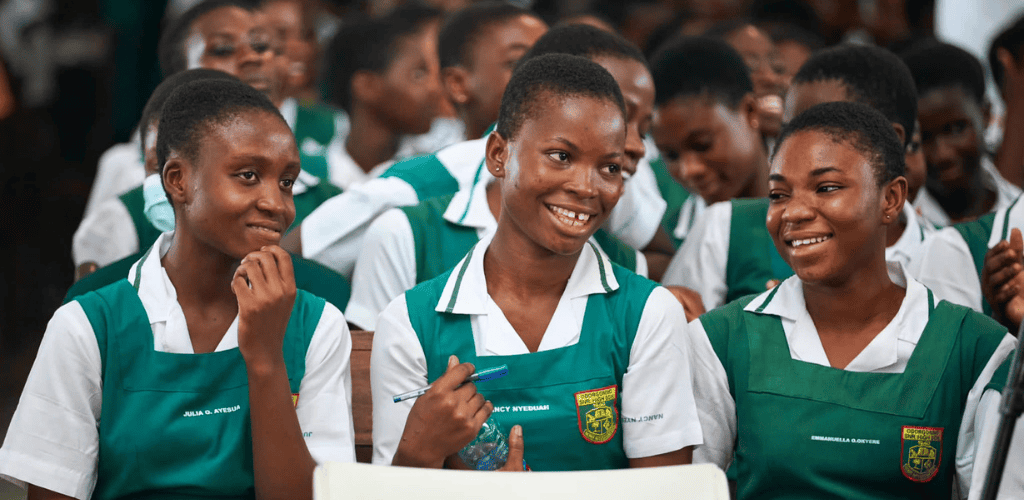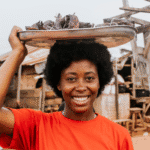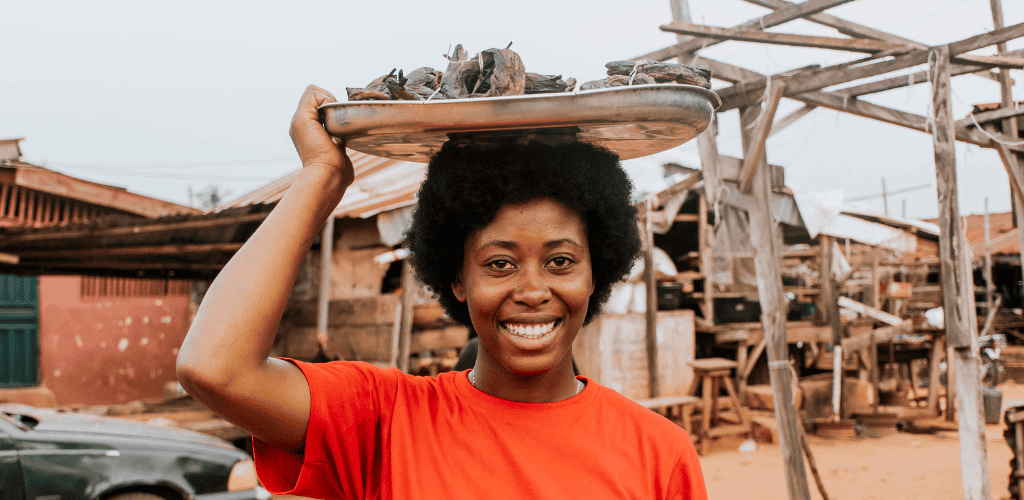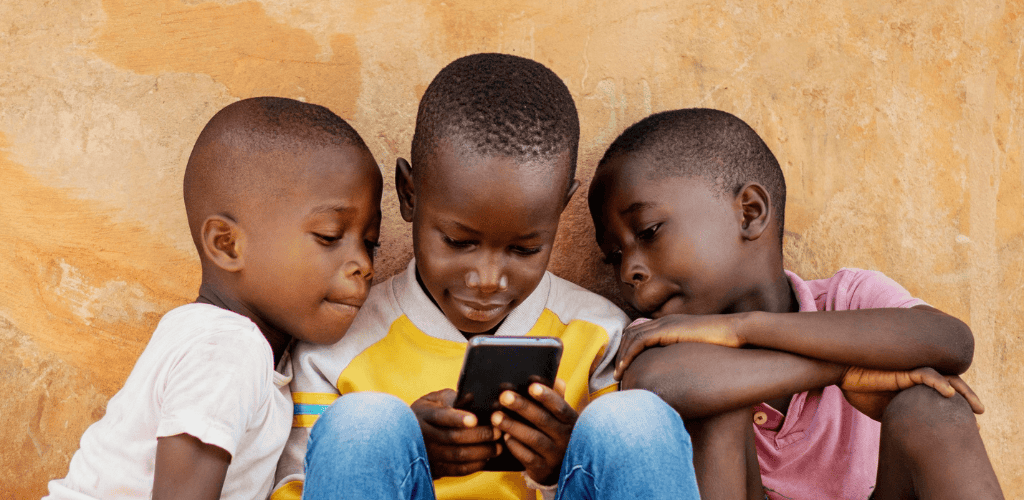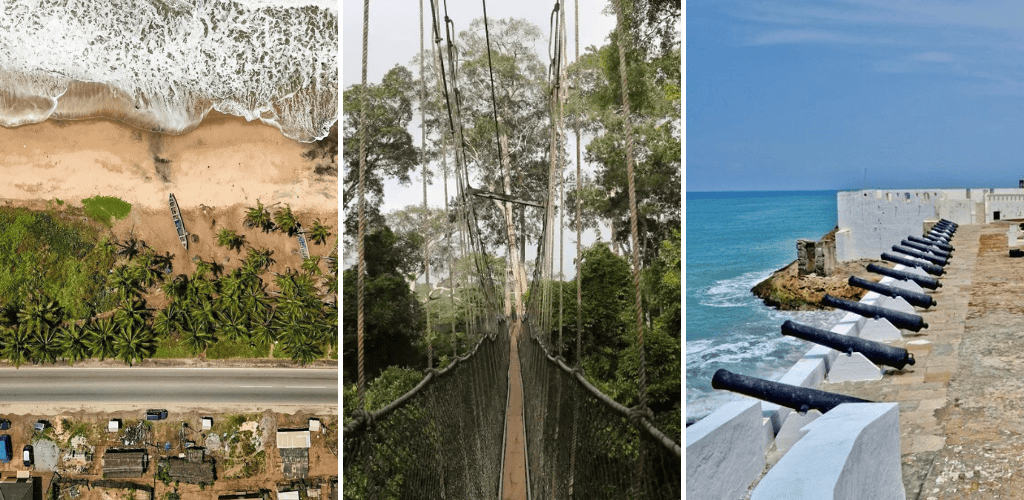Education is fundamental to progress. But how educated is Ghana? In this piece, we do a roundup of the data and statistics to shed more light on Ghana’s literacy and assess the population’s academic level.
Key takeaways
- As of 2023, there are 310 accredited tertiary-level institutions in Ghana.
- Literacy rates are higher among males than females.
- In 2021, the Greater Accra region recorded the highest literacy rate at 87.9%.
- Ghana spent approximately 2.91% of its GDP on education in 2022, a decrease from previous years.
- About 69.8% of Ghanaians aged six years and older were literate in 2021.
- In 2022, 5,416 international students were studying in Ghana.
- The ratio of teachers to students was 1:14 in 2023.
- About 57.4% of children in the Savannah region had never attended school.
General statistics
1. The percentage of Ghana’s Gross Domestic Product (GDP) allocated to education has declined over the years. (Statista)
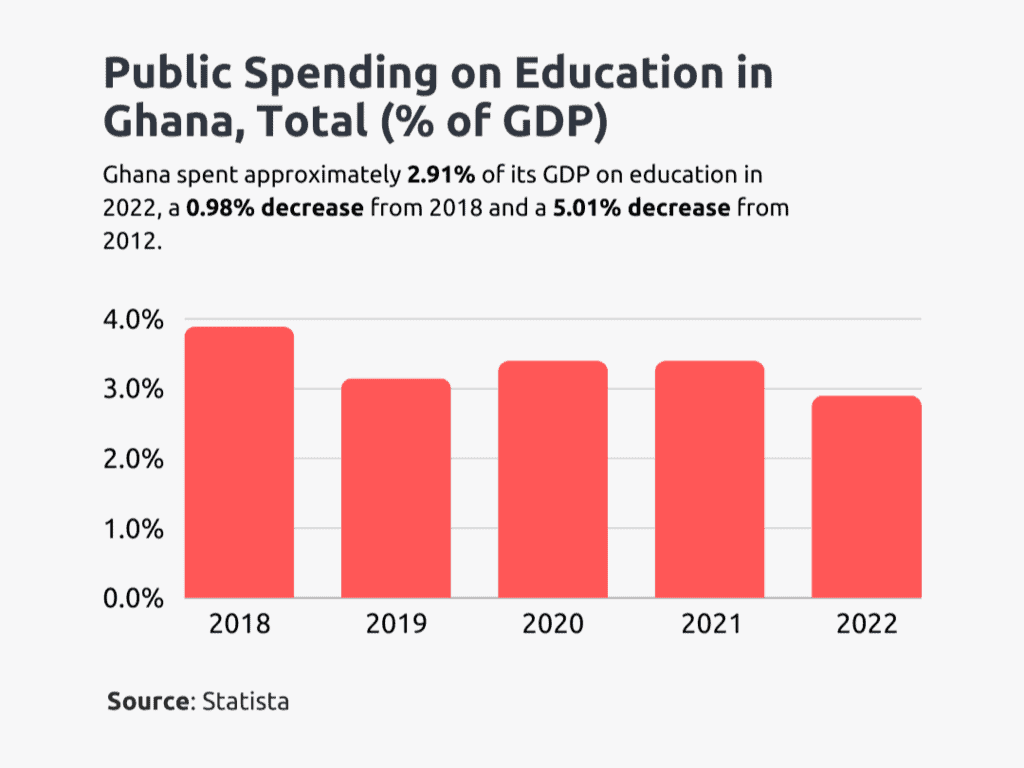
Ghana spent approximately 2.91% of its GDP on education in 2022, a 0.98% decrease from 2018 and a 5.01% decrease from 2012.
2. Most Ghanaians six years old and older are literate. (Ghana Statistical Service)
69.8% of the Ghanaian population who are six years and older are literate, compared to 30.2% who are illiterate.
3. More males are literate than females. (Ghana Statistical Service)
74.1% of males six years and older are literate, compared to 65.6% of females.
4. Savannah region has the lowest literacy rate in Ghana (Ghana Statistical Service)
According to the GSS’s 2021 PHC report on literacy, approximately 32.8% of the Savannah regional population aged six and older are literate.
5. Greater Accra region has the highest literacy rate in Ghana. (Ghana Statistical Service)
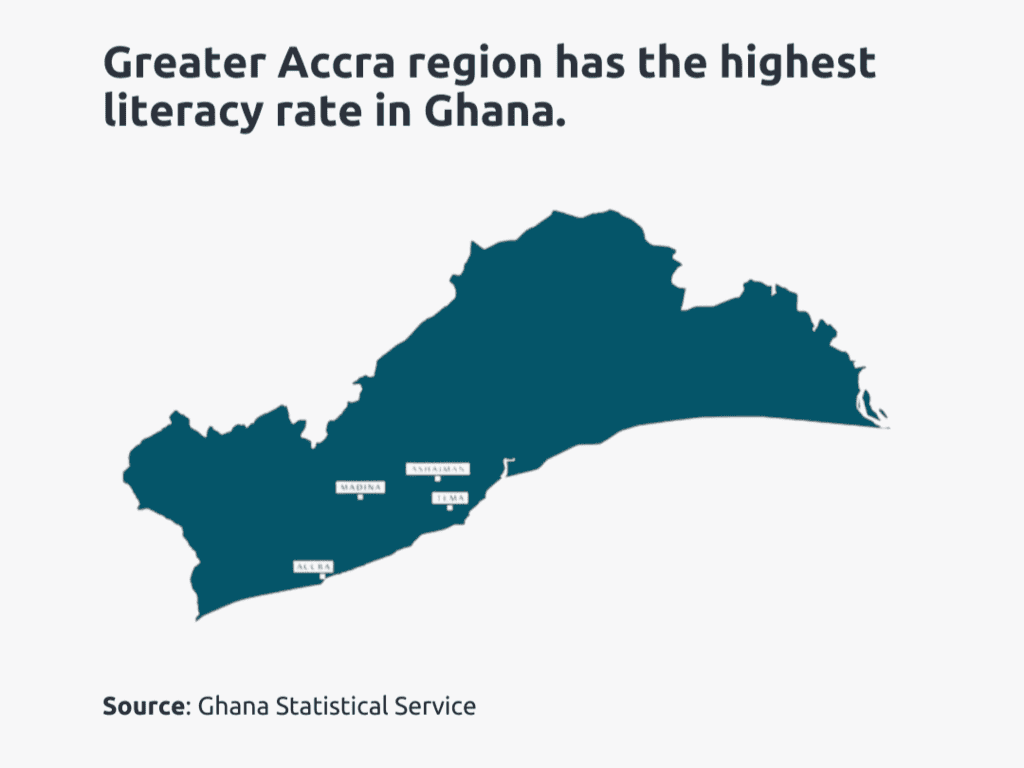
Approximately 87.9% of the Greater Accra regional population aged six and older are literate.
6. 5,416 foreigners were studying in Ghana in 2022. (Statista, GIPC)
In 2022, 5,416 students from other parts of the world studied in Ghana, a decrease from 5,718 in 2020.
7. There were more male international students than females in Ghana in 2022. (Statista)
In 2022, Ghana hosted 3,010 male international students compared to 2,406 female international students.
8. 97.14% of international students in Ghana are from other African countries. (Statista)
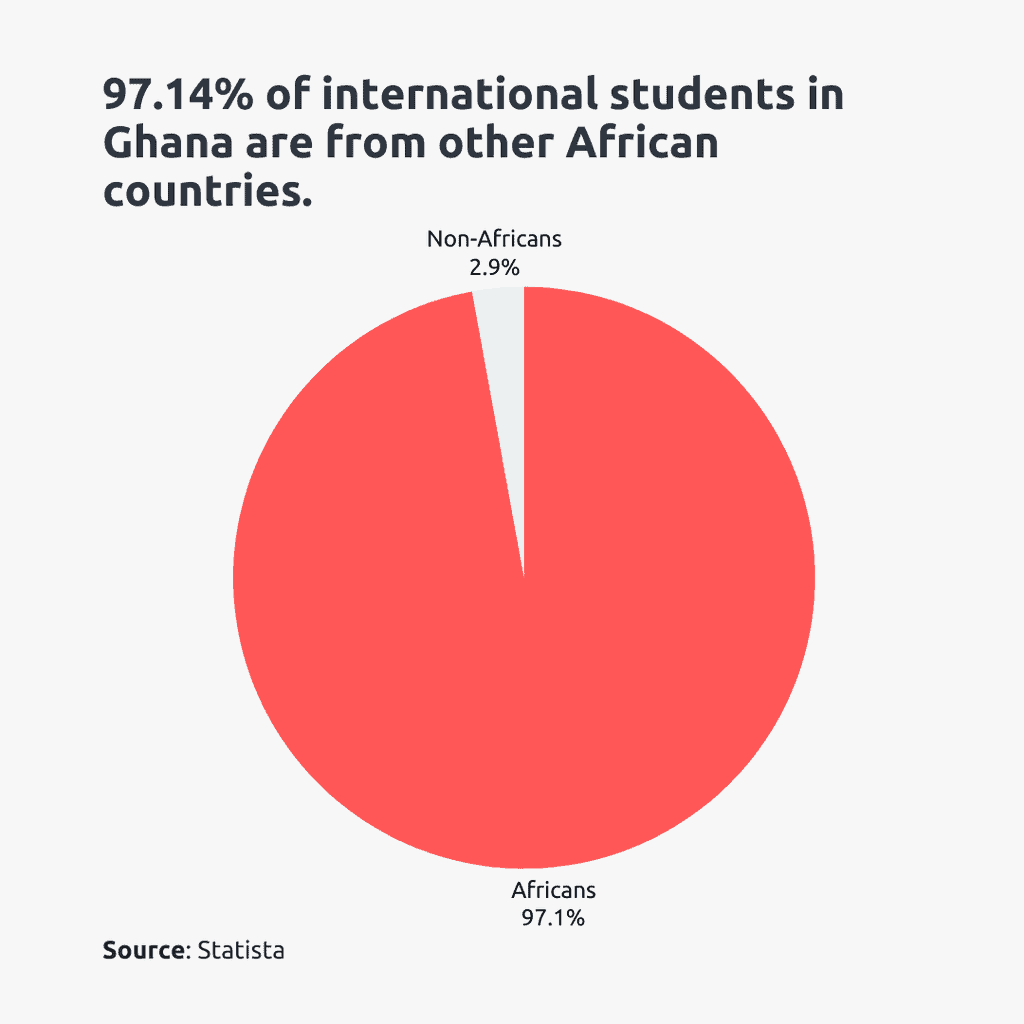
In 2022, 5,261 out of 5,416 foreigners who studied in Ghana were from other African countries, a reduction from 5,304 in 2020.
9. Greater Accra records the highest number of trained teachers in Ghana in 2022. (GSTEP)
In 2022, over 95.2% of all teaching staff in Greater Accra were trained, surpassing all other regions.
10. The teacher-to-student ratio stands at 1:14 in Ghana in 2023. (Modern Ghana)
In 2023, the teacher-to-student ratio in Ghana is reported to be 1:14. This ratio indicates that for every 14 students, there is one teacher.
Early childhood education statistics
11. 20.8% of children three years and older have never attended school. (Ghana Statistical Service)
According to the GSS’s 2021 PHC report on literacy, about 20.8% of children three years and older had never attended school, while 39.4% were schooling and 39.8% had attended school in the past.
12. Savannah region has the highest number of children three years and older who have never attended school. (Ghana Statistical Service)

In 2021, 57.4% of children three years and older in the Savannah region had never attended school, compared to 28.0% who were attending and 14.6% who had attended in the past.
13. Greater Accra region has the lowest number of children three years and older who have never attended school. (Ghana Statistical Service)
9.0% of children three years and older in the Greater Accra region had never attended school, compared to 36.8% who were attending and 54.2% who had previously attended school.
14. More female children three years and older have never attended school. (Ghana Statistical Service)
Approximately 24.4% of female children three years and older had never attended school, compared to 17.0% of male children three years and older in 2021.
15. More children three years and older in rural areas had never attended school. (Ghana Statistical Service)
30.8% of children three years and older in rural areas had never attended school, compared to 13.2% of children three years and older in urban centres.
Basic education statistics
16. About half a million children were out of school in Ghana in 2021. (Trading Economics, Statista)
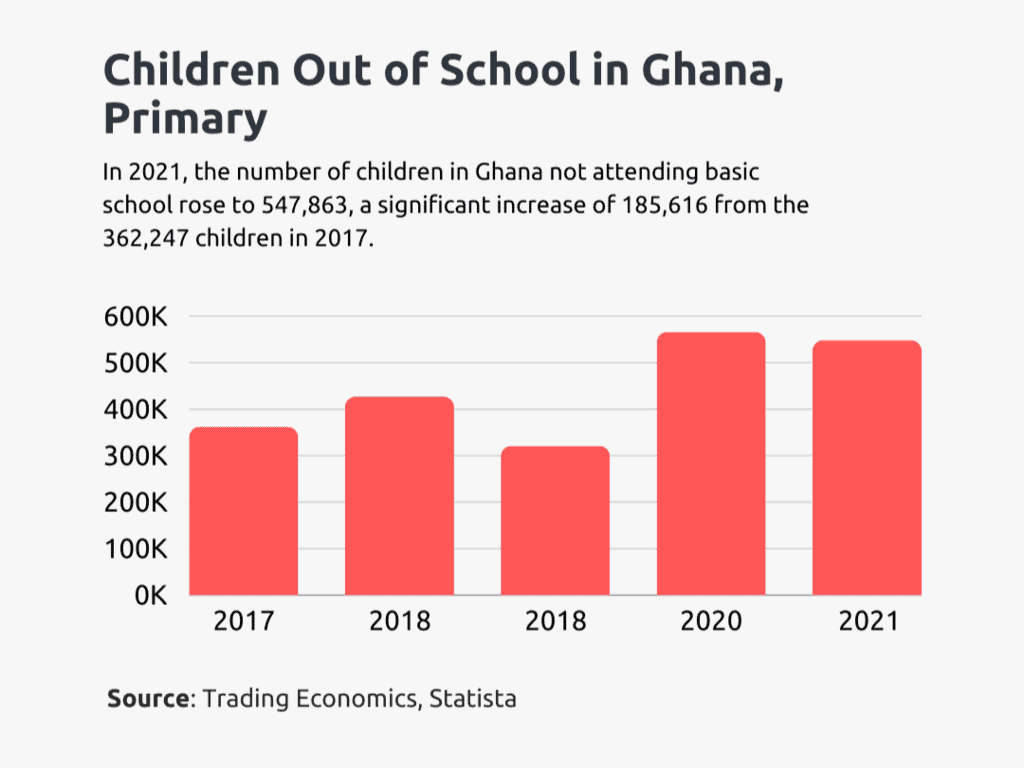
In 2021, the number of children in Ghana not attending basic school rose to 547,863, a significant increase of 185,616 from the 362,247 children in 2017, when the government introduced and implemented the Free SHS policy.
17. The primary school enrollment ratio was 97.9% in 2021. (Statista)
The number of children enrolled in primary schools increased from 96.9% in 2020 to 97.9% in 2021.
18. Ghana has over 172,800 teaching staff in primary schools. (Statista)
In 2021, teachers in primary schools totalled approximately 172,800, showing a growth trend over several years.
19. In 2021, female students outnumbered male students in junior high schools (JHS) across urban and rural areas in Ghana. (Ghana Statistical Service)
Females aged 15 years and older attended Junior High School (JHS) in more significant numbers than males, with the following distribution across urban and rural areas:
| Gender | Percentage | |
| Urban | Female | 54.3% |
| Male | 45.7% | |
| Rural | Female | 50.6% |
| Male | 49.4% |
20. Almost 1 in 10 JHS teachers have no formal training as teachers. (Amazon Web Services)
In 2022, 8.5% of teachers in JHS lacked formal training in teaching.
21. Females completed primary school than males in 2022. (Statista)
In 2022, 69% of the male population completed primary school in Ghana, compared to 73% of the female population.
22. 404,856 students enrolled under the free SHS policy in Ghana in 2020. (Statista)
404,856 out of 512,083 students who completed JHS enrolled under the free SHS policy in 2020.
23. Ghana’s average primary school starting age is six years. (Trading Economics)
According to a report by the World Bank, the average primary school starting age in Ghana was 6 in 2023.
Tertiary education statistics
24. 20,300 tertiary students from Ghana studying abroad in 2021. (Statista)

In 2021, around 20,300 tertiary students from Ghana were pursuing their education abroad, an increase of 1,518 from the 18,782 students in 2020.
25. More people in urban areas have attained tertiary education as their highest level of education. (Ghana Statistical Service)
16.6% of people aged 18 years and older in the urban areas have attended school and attained tertiary education as their highest level of education, compared to 5.9% in the rural areas.
26. Only 20.39% of all tertiary school-eligible children are enrolled as of 2022. (The Global Economy)
As of 2022, 20.39% of children eligible for tertiary education are actively enrolled in such institutions, marking an increase of 1.2% in 2021.
27. 635,000 students enrolled in tertiary schools in Ghana in 2022. (Statista, UNESCO)
In 2022, 635,000 students were enrolled in tertiary educational institutions across Ghana, an increase from 580,751 in 2021.
28. 4,565 tertiary school graduates were unemployed between 2022 and 2023. (Ghana Statistical Service)
Between the first quarter of 2022 and the third quarter of 2023, 4,565 people who completed tertiary education were unemployed for over 20 months.
29. Ghana obtained an index of 20.39% in the global ranking of tertiary school enrollment in 2022. (The Global Economy)
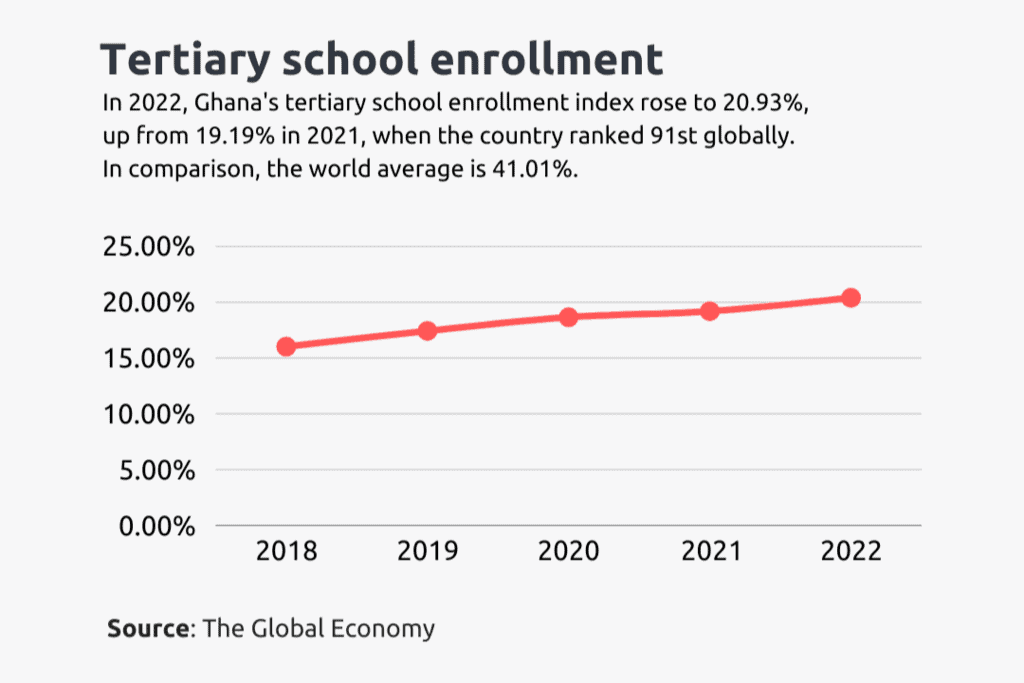
In 2022, Ghana achieved an index of 20.93% in the global ranking of tertiary school enrollment, an improvement compared to 2021, when Ghana recorded an index of 19.19% and was ranked 91st globally.
30. There are 310 tertiary-level institutions in Ghana as of 2023. (GTEC)
Ghana has 310 public and private accredited tertiary-level institutions, including universities, polytechnics, and nursing training schools.
Education inequality statistics
31. Educational inequality remained unchanged in Ghana for 2022. (Human Development Report)
In 2022, the educational inequality rate in Ghana remained at 35.1%, showing no change from 2021.
32. There were more males than females in tertiary schools in 2022. (The Global Economy)
The ratio of females to males in tertiary schools in Ghana, both public and private, was approximately 0.94 in 2022, meaning that for every 100 males, there were 94 females, an increase from 0.91 in 2021.
STEM education statistics
33. Only one in ten JHS schools in the Ashanti and Greater Accra regions are equipped with science laboratories. (Amazon Web Services)
8.6% of teachers interviewed in the Greater Accra and Ashanti regions in 2022 had science laboratories in their schools.
34. Seven STEM schools are fully operational in Ghana. (Graphic Online)
As of 2023, seven STEM schools are fully operational in Ghana:
- Awaso STEM School (Western Region)
- Abomosu STEM School (Eastern Region)
- Bosomtwe Girls STEM School (Ashanti Region)
- Bosomtwe STEM School (Ashanti Region)
- Koase Sec/Tech (Ahafo Region)
- Accra High School–Engineering only (Greater Accra Region)
- Kpesemkpe STEM School (North East Region).
35. Enrollment in STEM schools increased to 15% in 2023. (AmaGhana Online)
In Ghana, the number of students enrolled in STEM schools increased from 8% to 15% in 2023.
Conclusion
Despite significant improvements in expanding access and enhancing education quality in Ghana, more must be done, particularly in rural and underserved areas and closing the gender gap.
For further insights into related challenges, explore our detailed analysis of social issues in Ghana. Don’t forget to share your thoughts and questions with us in the comment section.
